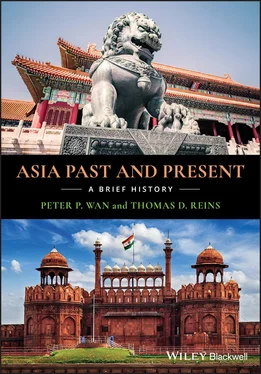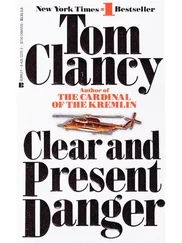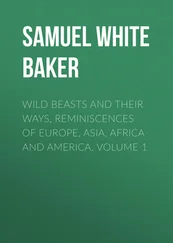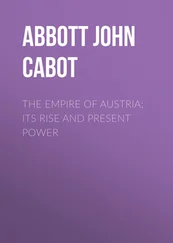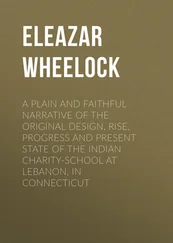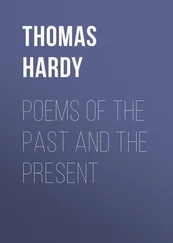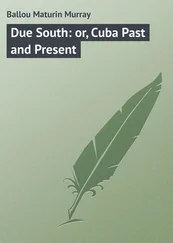Asia Past and Present aims to provide the reader with a basic understanding of the long course of history formed by Asia’s inhabitants, both indigenous and foreign. This will involve identifying and explaining the broad contours of cultures that emerged in Asia, geographically from Afghanistan, Pakistan, and Central Asia in the west to Japan and Papua New Guinea in the east, and chronologically from prehistory to the early twenty‐first century. It will necessarily include a discussion of the interactions among Asian cultural elements and the subsequent development of two core cultures—Indian and Chinese—that became foundational models for the rest of Asia. It will also examine the cultural exchanges within the Asian realm and between the Asian and non‐Asian worlds.
Such interactions indicate Asian history can be divided into three broad categories of cultural development. The formation of core cultures marks the first stage, which stretches from the earliest history to roughly 1200 CE. In Asia, India and China provide these core cultures, classical models of civilization that other peoples of Asia adopted and modified to meet their particular political, social, economic, intellectual, and religious needs. Most importantly, Indian and Chinese concepts of kingship, ideas of religious worship, and methods of writing dominate the cultural landscape of Asia. Generally, South and Southeast Asia embraced Indian ideas and institutions, while Vietnam, Korea, and Japan drew upon Chinese traditional practices. To give one example, the Thai monarchy best reflects Indian political principles, whereas the behavior of Vietnamese emperors clearly demonstrates the considerable influence of Chinese ways.
Notwithstanding the enormous cultural weight of India and China on the rest of Asia, each culture selected those aspects of the core models and adapted those parts to its particular, local needs. Thus Japan adapted the Chinese political concepts of mandate of heaven and dynastic cycle, which produced a succession of dynasties in the Middle Kingdom over the millennia, by retaining just one imperial family in the land of the rising sun. Similarly, the caste system, so crucial to daily life in India, had little impact on Southeast Asian societies otherwise well‐disposed to thought and behavior from the Hindustan cultural core. Moreover, below the literate elite, the circumstances of the common people further dulled the edge of cultural borrowing. Local geography, vernacular languages, religious traditions, and economic practices transformed the original cultural borrowing somewhat, even as the broader contours of culture increasingly resembled the foreign model.
The impact of successful Muslim Middle Eastern, nomadic tribal Eurasian, and Christian European incursions into traditional agricultural Asian civilizations marks the second stage of Asian history. These new arrivals began with the Afghan Muslim conquest of India in 1206, continued with the Mongol invasions of China and much of the rest of Asia in the thirteenth century, and culminated in the European invasions throughout the continent after 1498. As a result, both the core cultures of India and China, as well as those of their cultural pupils in Asia, underwent significant transformations. Though the teachings of the core cultures remained preeminent down to the nineteenth century, two new religions—Islam and Christianity—began to compete for the allegiance of the people. New secular ideas—in the worlds of science, politics, and economics—increasingly caused substantial modifications of Asian thought and behavior.
The most obvious impact occurred in religious beliefs. Indonesia, today the largest Muslim country in the world, embraced Islam. However, it did so only after Afghan Delhi sultans took control of India, the heartland of core wisdom to Southeast Asians. Indonesians had long been aware of Islam through Arab traders, but until that faith came from India, Islam remained little more than a curiosity. The Philippines also underwent fundamental change, again religiously, as the Spanish brought and successfully transferred Catholicism to an Asian setting. Linguistically as well, major changes resulted from non‐Asian sources. Several centuries ago, the Vietnamese adopted the Latin script—due to the influence of French Catholic priests—to replace Chinese characters. More recently, several other Asian nations have replaced Indian‐ or Arabic‐based scripts with the Roman alphabet. The largest numbers of English‐speaking people in a single country reside in Asia: in India. Furthermore, radical ideas contained in the European Renaissance, Reformation, scientific revolution, Enlightenment, agricultural revolution, capitalist business practices, and industrial revolutionary production began to upset traditional Asian verities. So too did the emergence in the nineteenth century of the idea of nationalism and the establishment of the “new imperialism.” However, not until the shocking impact of the industrial revolution sometime in the first half of the nineteenth century did Asia’s elite begin to reexamine their cultural heritages.
Thus, as the nineteenth century unfolded, so too did the third stage of Asian history, illustrated by attempts of various Asian cultures to restore a balance of wealth and power now so clearly dominated by the industrial nations of Europe, America, and Japan. Up to this time, the presence of foreigners in Asia had produced considerable cultural adjustments, but the essence of one’s culture had not been ultimately seriously threatened. The Mongol and Manchu conquests of China failed to dislodge Confucian ways; indeed, the Confucian model was substantially utilized by the frontier nomads to govern agricultural China. Likewise, Hindu India absorbed first the Muslim Delhi sultans, then the Muslim Mughal emperors, and finally the Christian British. Initially, at least, the invaders did most of the adjusting to traditional Indian practices. Not until the full impact of the industrial revolution became apparent in the nineteenth century did Asia’s cultural leadership seriously reassess traditional ways. Most all such leaders wondered why time‐honored ideas and institutions had failed to keep the foreigner at bay, or if not at bay, why the intruder now had both the desire and ability to impose radically new ways of organizing and governing Asian societies.
Reassessment of established “habits of the heart” produced three broad conclusions among Asia’s leadership before World War I. Some argued for a return to traditional ways of life, the departure from which had made their civilizations susceptible to invasion, occupation, and probably transformation. Others contended that adherence to tradition, far from being the solution to the foreign threat, had made their civilizations weak and thus incapable of defending itself. Only by doing away with custom and by embracing the ways of the invader could the necessary wealth and power be generated to dislodge the foreign presence. Somewhere between the world wars, a third conclusion came to dominate elite Asian thinking. Since neither an all‐embracing reliance on tradition nor a complete abandonment of it seemed practicable, utilizing the best of both—foreign and native ideas and practices—appeared to be the best means to the several immediate and more distant ends. Once substantive change became legitimate, the next issue became identifying which parts of tradition justified retention and which disposal. At the same time, recognizing which elements from the outside world to adopt and which to disregard needed to be worked out. This turned out to be no simple task, and much of Asia still grapples with the implications of such choosing.
Although by World War I nearly all of Asia’s elite could agree upon the necessity for independence, the principal means by which to accomplish this task became the topic of heated debate. Out of the discussions and disagreements emerged three usually conflicting approaches. Many advocated legally working within the imperial/colonial system and utilizing the system to ultimately destroy it, others favored nonviolent resistance to the system by undermining it where possible, and some preferred to resist the system through organized violence. Once independence succeeded, then new political and economic arrangements had to be set up.
Читать дальше
